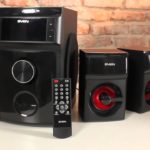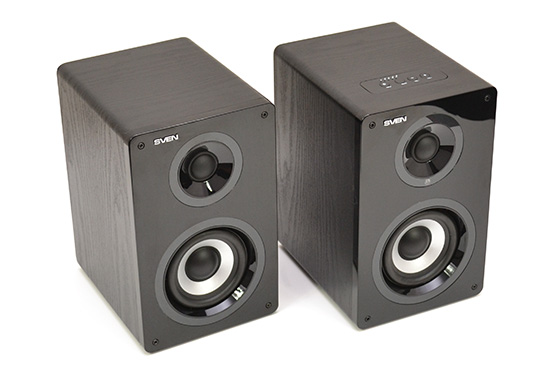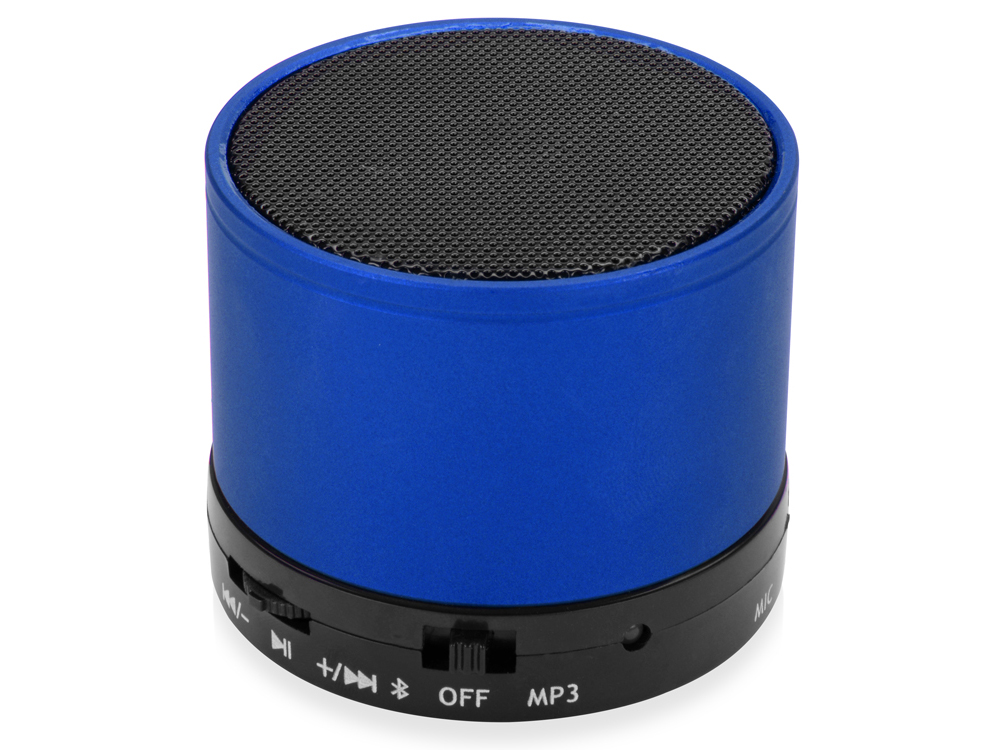Speaker power rating
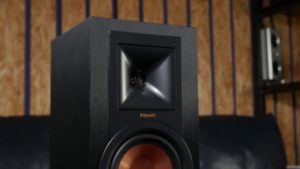 When choosing a speaker system, the buyer often focuses on the power parameters specified by the manufacturer. What these values mean and how to choose them correctly, we will tell you in our article.
When choosing a speaker system, the buyer often focuses on the power parameters specified by the manufacturer. What these values mean and how to choose them correctly, we will tell you in our article.
The content of the article
What is rated power?
This is a parameter that shows within what signal limits the acoustics can operate stably and with optimal sound throughout their entire service life.
IMPORTANT. The term as such characterizes not the loudness of the sound, but the reliability of the operation of the speaker.
The rating is limited to non-linear audio distortion within its standard range. The human ear cannot hear such vibrations; they appear at the output of the speakers (amplifier), but are absent from the sound source. In other words, this value directly depends on the volume of nonlinear distortions and therefore its real number is much less, for example, the maximum power of the equipment.
There is another definition of the term: it is the value produced in the middle position of the subwoofer volume control.
Unscrupulous manufacturers often use an advertising trick: they disguise other numbers (peak value, etc.) as a standard number. In budget equipment, as a rule, it is difficult to find the correct indicator.
In Russia, nominal and sinusoidal powers are used as the main acoustic values.The last parameter indicates the real signal value at which long-term and stable operation of the acoustics is maintained. The sinusoidal indicator everywhere replaces the nominal values; it is indicated in the names of the columns and in the passport data.
ON A NOTE. European standards use the term DIN instead of the nominal level; this is an analogue of a sinusoidal value.
What is Peak Power and RMS Power
Along with the nominal indicator, these two parameters objectively characterize the real capabilities of your speaker system. Other terms (total, etc.) have a secondary meaning.
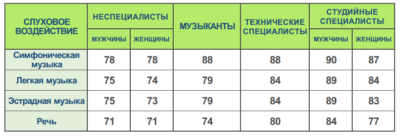 PMPO Peak Power refers to the ability of a piece of equipment to withstand a certain sound limit without suffering damage. The effect of a peak with a frequency of 100 Hz lasts for up to 1 second during testing. Nonlinear distortions are ignored in the calculation.
PMPO Peak Power refers to the ability of a piece of equipment to withstand a certain sound limit without suffering damage. The effect of a peak with a frequency of 100 Hz lasts for up to 1 second during testing. Nonlinear distortions are ignored in the calculation.
For example, the passport indicates 450 W (PMPO). This means that after exposure to a signal of such magnitude, the dynamic heads remained fully operational.
The maximum (or maximum) RMS power shows at what signal level the system can operate for an hour without failure. The indicator is measured when sound is supplied at a frequency of 1000 Hz, while nonlinear vibrations are kept within certain limits.
For example, the instructions indicate 20 W (RMS). This means that the speakers at this value are able to broadcast the signal for a long time, maintaining the functionality of the dynamic heads.
You can find inflated RMS data in the device data sheet. This is explained by the fact that during testing, excessive distortion is used, at which the sound turns into a series of wheezes. Such false information remains the responsibility of the manufacturer.
We hope that our article helped you understand what speaker power is and how to correctly understand its indicated values.


